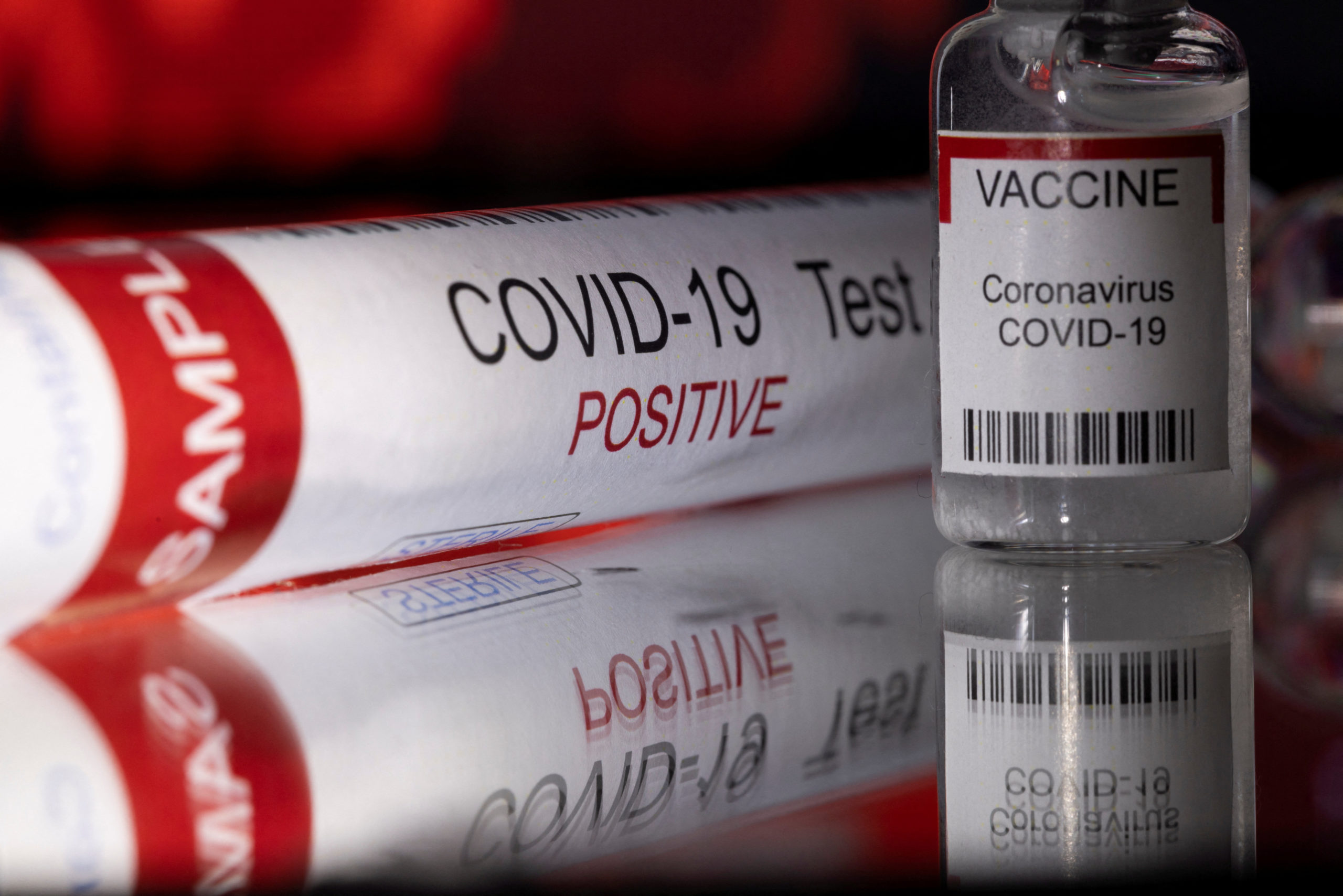NCR at increased COVID risk again

REUTERS/Illustration
MANILA, Philippines — Metro Manila has been classified as “moderate risk” for COVID-19 transmission amid an upswing in cases, but the Department of Health (DOH) on Thursday maintained that the infection trends in the National Capital Region (NCR) are not solely caused by the optional masking policy in outdoor spaces.
Hospitalizations in six cities in the capital region have also been classified as moderate risk for reaching more than half of its capacity for COVID-19 cases.At a press briefing on Thursday, DOH officer in charge Maria Rosario Vergeire said that Metro Manila is now at moderate risk after 13 out of the 17 areas in the capital region saw sustained increases in COVID-19 infections, with growth rates entering positive territory in the recent week.
The only areas that remained at low risk for COVID-19 transmission were Malabon, Navotas, Caloocan and Valenzuela, the health official said.
But the cities of Malabon and Caloocan, along with Makati, Pasig, Muntinlupa and Navotas, are also being closely monitored after they recently posted more than 50 percent in COVID-19 admissions.
Vergeire said that her agency has asked officials of local governments and hospitals in Metro Manila to transfer patients who are asymptomatic and with mild infections to isolation facilities, such as field hospitals or hotels dedicated to COVID-19 patients.
Article continues after this advertisement“One of the issues in hospitals was some health workers with comorbidities who got infected were admitted despite being asymptomatic or having mild symptoms because [their colleagues] want to manage them,” she noted.
Article continues after this advertisement“So we advised them to just transfer them to [isolation facilities dedicated to health workers] to be able to accommodate more patients,” she added.
Rest of country on plateau
According to the latest COVID-19 situationer of the DOH, only Metro Manila and its adjacent provinces Bulacan, Cavite, Laguna and Rizal continued to show an upward trend in infections. Cases in the rest of the areas in the country remained on a plateau.
The optional masking policy should not be solely blamed for the uptick in cases as it was already “expected” because of other factors such as “increasing mobility and the opening of other sectors,” Vergeire said.
“We all need to change our mindset and remember… that the virus will continue to stay with us, and that we will need to live with the virus,” Vergeire pointed out.
She added that the DOH would recommend at once to the President the revocation of masking rules and reversal of other COVID-19 curbs once COVID-19 hospitalizations at the national level reached the threshold of more than 50 percent to prevent further transmission.
Pandemic monitor OCTA Research reported a day earlier that COVID-19 infections in Cebu province and its metropolitan areas are “bucking” national trends as cases remained at low risk more than two weeks after Cebu City laid the groundwork for the relaxed masking rules nationwide in outdoor spaces.
However, Vergeire on Thursday refuted the pronouncements of OCTA, saying that the COVID-19 situation in areas in Cebu province are “not unique” because cases in most areas in the country are also plateauing.
The latest monitoring of OCTA Research showed that Cebu had an average daily attack rate of 0.77, or less than one infection per day, while its positivity rate was at 5 percent, just a notch above the World Health Organization benchmark. An area’s positivity rate must be maintained for two weeks below 5 percent to indicate that the virus is under control.